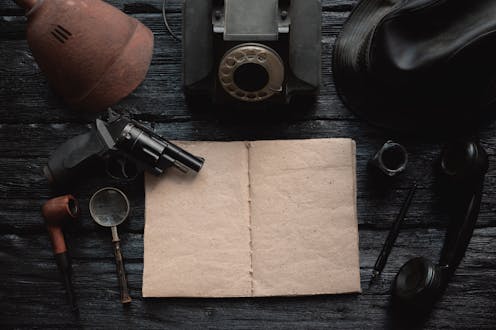

Authors: Sally C. Harris, Distinguished Lecturer in English, University of Tennessee
Read more


